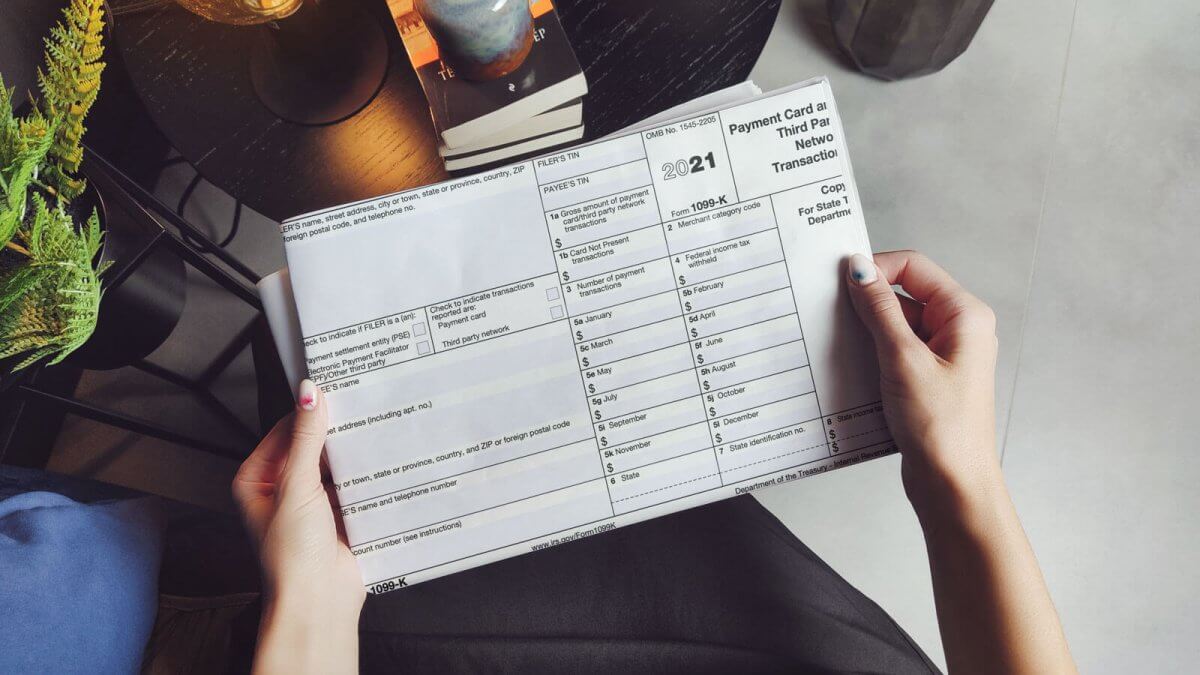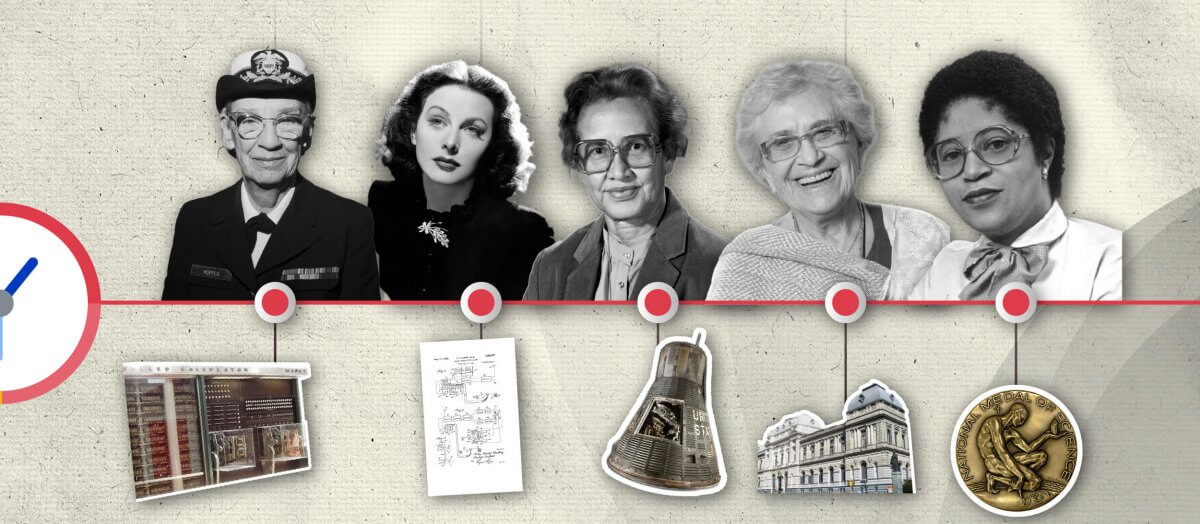As the U.S. struggles to make a full economic recovery, many Americans are seeking out opportunities for additional income and ways to save money. To find these opportunities, people are turning to the Internet. From empowering individuals to engaging in global commerce to facilitating the ‘sharing economy,’ the Internet continues to be a useful resource during these challenging economic times.
One new segment of the U.S. economy that the Internet enables is part-time businesses. Rather than waiting to take on traditional positions, Americans are taking matters into their own hands and are creating their own opportunities via online, part-time businesses. So, what is the impact of Internet-enabled part-time businesses on the U.S. economy? What industries or sectors rely extensively on the Internet? These are some questions that The Internet Association investigates in its recent economic study, Internet Enabled Part-Time Small Businesses Bolster the U.S. Economy.
Here are some key findings:
- The Internet drives nearly all part-time businesses, a growing segment of the economy, and is essential to their owners.
- Internet enabled part-time businesses contributed $141B to the overall US economy and employ 6.6M employees and pay $797M in wages.
- Part-time Internet enabled businesses allow owners to chart their own course and enjoy a level of freedom and flexibility not typically found in a traditional work environment.
- A diverse array of part-time small businesses utilize the Internet (i.e., collector, craft, technical consultant, music, baking/cooking, web design, teaching, construction).
Read more about the study’s important findings here http://bit.ly/GLgWoJ
Additional Resources
View the press release: http://bit.ly/1cvBKhn
View the infographic: http://bit.ly/1fZFOJ3
View the study’s methodology: http://bit.ly/15TX1PL
View the online panel discussing the study:










